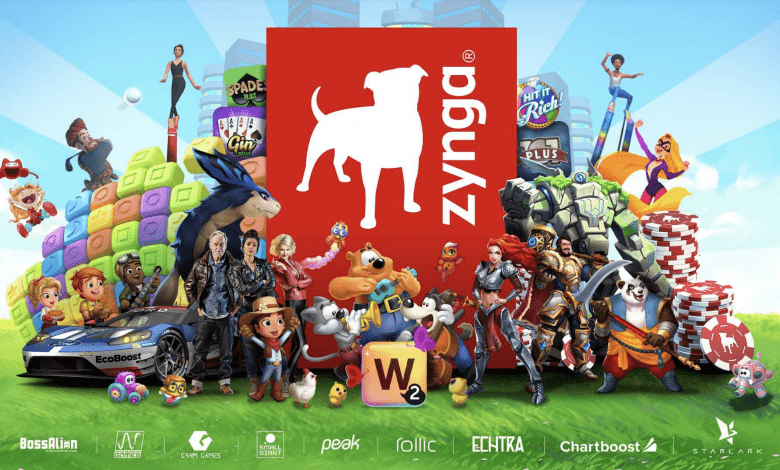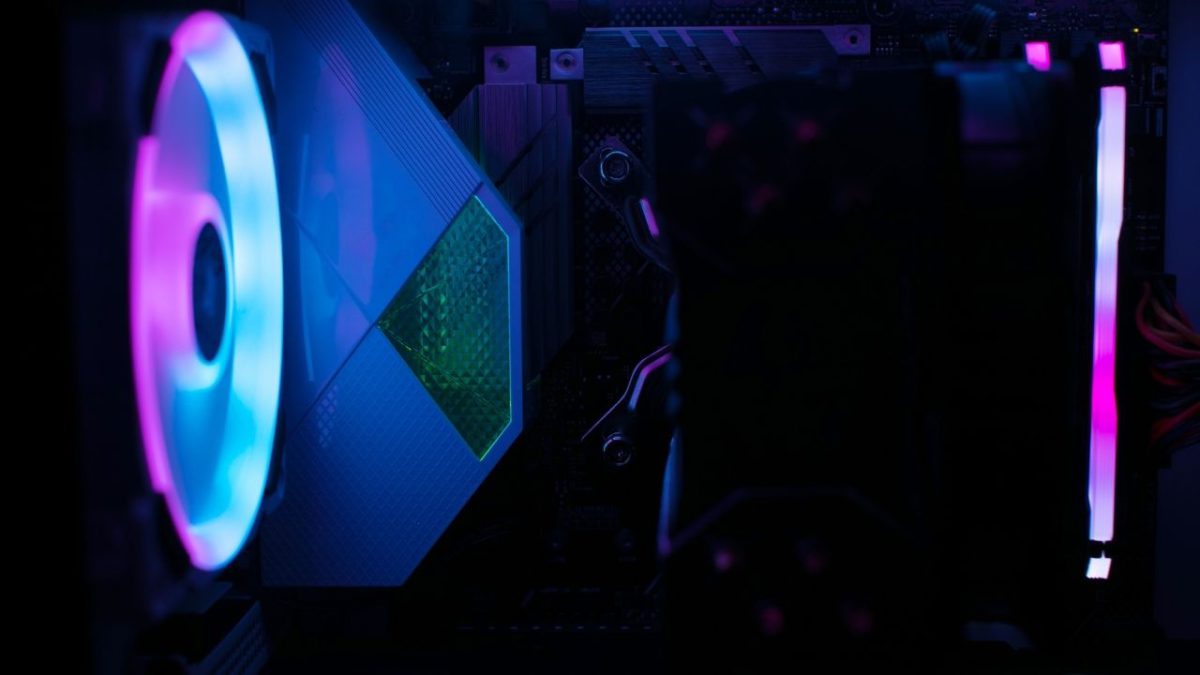What Is Blockchain Gaming: The Vision Of The Next Generation And Its Future Impact
Blockchain gaming, as perceived by the next generation, represents a paradigm shift in the gaming industry. As digital natives grow up in a world increasingly defined by blockchain technology and cryptocurrencies, their vision of gaming transcends traditional gameplay. In this article, we’ll explore what is blockchain gaming and what it means to the next generation, and why it holds the potential to matter significantly in the next 10 years.
What is Blockchain Gaming?
Blockchain gaming is a unique blend of blockchain technology and video games. It offers players true ownership of in-game assets using non-fungible tokens (NFTs). Decentralized economies within these games enable players to earn real-world value, while interoperability allows assets to move between different games. The use of smart contracts ensures transparent and fair gameplay. Blockchain gaming also often includes community governance through DAOs and contributes to the growing NFT ecosystem. It’s a transformative concept that combines gaming and blockchain, offering players new opportunities and experiences.
I’m here to learn about web3 and learning I am!
It’s amazing how much the blockchain game @PirateNationNFT taught me about the potential of blockchain gaming in just a few hours.
A 🧵 about what I learned so far.
But first, what is Pirate Nation? It’s a fully onchain… pic.twitter.com/Crc8LqW3HN
— Arter (@CryptoArter) October 11, 2023
The Next Generation’s Vision of Blockchain Gaming
- Ownership of In-Game Assets:
Blockchain gaming introduces the concept of true ownership of in-game assets. Unlike traditional games where items and characters are owned by the game publisher, blockchain-based games use non-fungible tokens (NFTs) to give players verifiable ownership of their digital assets. This empowers players to buy, sell, and trade in-game items across different games and platforms.
- Decentralized Economies:
Blockchain gaming is seen as a gateway to decentralized economies within virtual worlds. Players can earn cryptocurrency and real-world value through gameplay, whether it’s by selling in-game items or participating in blockchain-based game economies. For the next generation, this offers exciting opportunities to monetize their gaming skills and time.
- Interoperability:
The next generation envisions a gaming world where interoperability reigns supreme. Blockchain technology allows assets and characters to move seamlessly between different games, fostering cross-game experiences. Gamers could take their favorite sword or pet from one game and use it in another, creating a dynamic and interconnected gaming universe.
- Transparency and Fairness:
Blockchain gaming aims to provide transparency and fairness. Smart contracts on the blockchain ensure that game rules are transparent and cannot be manipulated. This resonates with the next generation, which values fairness and is more aware of the potential for cheating and fraud in online games.
- Community Governance:
Decentralized autonomous organizations (DAOs) empower players to participate in governing the rules and evolution of games. The next generation values community-driven decision-making and sees blockchain gaming as a way to give players a voice in the development of their favorite titles.
Also, read – Are NFTs The Future Of Blockchain Gaming. Top 10 Ways NFTs Are Making Money For Blockchain Gaming
Why Blockchain Gaming Will Matter in the Next 10 Years
- Economic Opportunities:
The potential for players to earn income through blockchain gaming is a game-changer. With the rise of the gig economy and remote work, the next generation is looking for opportunities to generate income through various digital channels, including gaming. Blockchain gaming allows them to do just that.
- Interconnected Virtual Worlds:
The idea of an interconnected metaverse is gaining traction. The next generation is excited about the prospect of a seamless, cross-game experience where characters, assets, and experiences flow between different virtual worlds. This vision aligns with the concept of a metaverse, a digital universe where people can socialize, work, and play.
- Ownership and Digital Legacies:
The next generation is more conscious of digital ownership and digital legacies. They understand that the value of digital assets can extend beyond their lifetimes, and blockchain gaming ensures that these assets can be passed down or sold as part of their digital legacy.
- Emerging NFT Ecosystem:
Non-fungible tokens (NFTs) have gained mainstream attention, and blockchain gaming is a significant driver of this NFT ecosystem. The ability to buy, sell, and trade in-game items as NFTs creates a new marketplace with potential for growth and innovation.
- Community-Driven Development:
The next generation values community-driven decision-making and blockchain gaming’s integration of decentralized autonomous organizations (DAOs) is a natural fit. It allows players to have a say in the development of their favorite games, fostering a sense of ownership and involvement.
The Current State of Blockchain Gaming: A Glimpse into a Transformative Industry
Blockchain gaming, a fusion of blockchain technology and the gaming world, has made significant strides in recent years. This innovative genre of gaming leverages the unique features of blockchain technology, such as decentralization, ownership of in-game assets, and transparency, to create a new gaming experience. Here’s a detailed look at the current state of blockchain gaming:
1. Transparency and Fairness:
Smart contracts on the blockchain ensure transparency and fairness in gameplay. These contracts define the rules of the game, and because they are stored on a blockchain, they are tamper-proof and immutable. Players can trust that the game’s mechanics are transparent and fair, creating a strong appeal for gamers who value fairness and openness.
2. Community Governance:
Blockchain gaming often incorporates decentralized autonomous organizations (DAOs), which empower players to participate in governing the rules and evolution of games. This community-driven governance model resonates with players who want to have a say in the development and direction of the games they love.
3. Emerging NFT Ecosystem:
Non-fungible tokens (NFTs) have become a focal point in blockchain gaming. In-game items and assets are tokenized as NFTs, creating a burgeoning ecosystem of digital collectibles. NFTs offer a new dimension to ownership and collectibility, attracting collectors and investors to the blockchain gaming space.
4. Cross-Platform Play:
Blockchain gaming promotes cross-platform play by allowing players to use their blockchain-based assets in different games across various platforms. This cross-platform play fosters collaboration and partnerships between game developers, offering players a seamless and interconnected gaming experience across devices.
5. Growth and Innovation:
Blockchain gaming has gained attention from developers and investors, leading to a growing number of blockchain-based games. This growth has spurred innovation, with developers experimenting with different game genres and mechanics that leverage blockchain technology.
6. Challenges and Hurdles:
Despite its promise, blockchain gaming faces challenges, including scalability issues, high gas fees (transaction costs), and regulatory concerns. As the industry continues to mature, overcoming these hurdles will be critical to its success.
7. Mainstream Recognition:
Blockchain gaming is starting to gain mainstream recognition, with notable partnerships and investments from traditional gaming companies and celebrities. This recognition is a positive sign for the industry’s future growth.
8. Community Engagement:
Blockchain gaming communities are actively engaged in promoting the technology and driving adoption. Players, collectors, and developers are collaborating to create a vibrant and inclusive ecosystem.
In conclusion, the current state of blockchain gaming showcases the technology’s transformative potential within the gaming industry. The core principles of true ownership, decentralized economies, transparency, and interoperability are driving innovation and reshaping how players interact with virtual worlds. While there are challenges to overcome, blockchain gaming is on a path of growth, innovation, and increasing recognition that positions it as a significant force in the evolving gaming landscape.
Stay informed with daily updates from Blockchain Magazine on Google News. Click here to follow us and mark as favorite: [Blockchain Magazine on Google News].
Get Blockchain Insights In Inbox
Stay ahead of the curve with expert analysis and market updates.
latest from tech
Disclaimer: Any post shared by a third-party agency are sponsored and Blockchain Magazine has no views on any such posts. The views and opinions expressed in this post are those of the clients and do not necessarily reflect the official policy or position of Blockchain Magazine. The information provided in this post is for informational purposes only and should not be considered as financial, investment, or professional advice. Blockchain Magazine does not endorse or promote any specific products, services, or companies mentioned in this posts. Readers are encouraged to conduct their own research and consult with a qualified professional before making any financial decisions.

 Bitcoin
Bitcoin  Ethereum
Ethereum  Tether
Tether  XRP
XRP  Solana
Solana  Dogecoin
Dogecoin  USDC
USDC  Cardano
Cardano  Lido Staked Ether
Lido Staked Ether  TRON
TRON  Sui
Sui  Avalanche
Avalanche  Wrapped stETH
Wrapped stETH  Toncoin
Toncoin  Chainlink
Chainlink  Shiba Inu
Shiba Inu  Stellar
Stellar  Wrapped Bitcoin
Wrapped Bitcoin  Hedera
Hedera  Polkadot
Polkadot  WETH
WETH  Bitcoin Cash
Bitcoin Cash  LEO Token
LEO Token  Uniswap
Uniswap  Litecoin
Litecoin  Pepe
Pepe  Hyperliquid
Hyperliquid  Wrapped eETH
Wrapped eETH  NEAR Protocol
NEAR Protocol  USDS
USDS  Ethena USDe
Ethena USDe  Aptos
Aptos  Internet Computer
Internet Computer  Aave
Aave  Mantle
Mantle  Cronos
Cronos  POL (ex-MATIC)
POL (ex-MATIC)  Ethereum Classic
Ethereum Classic  MANTRA
MANTRA  Render
Render  Monero
Monero  Bittensor
Bittensor  Artificial Superintelligence Alliance
Artificial Superintelligence Alliance  Dai
Dai  Tokenize Xchange
Tokenize Xchange  Filecoin
Filecoin  Virtuals Protocol
Virtuals Protocol 


